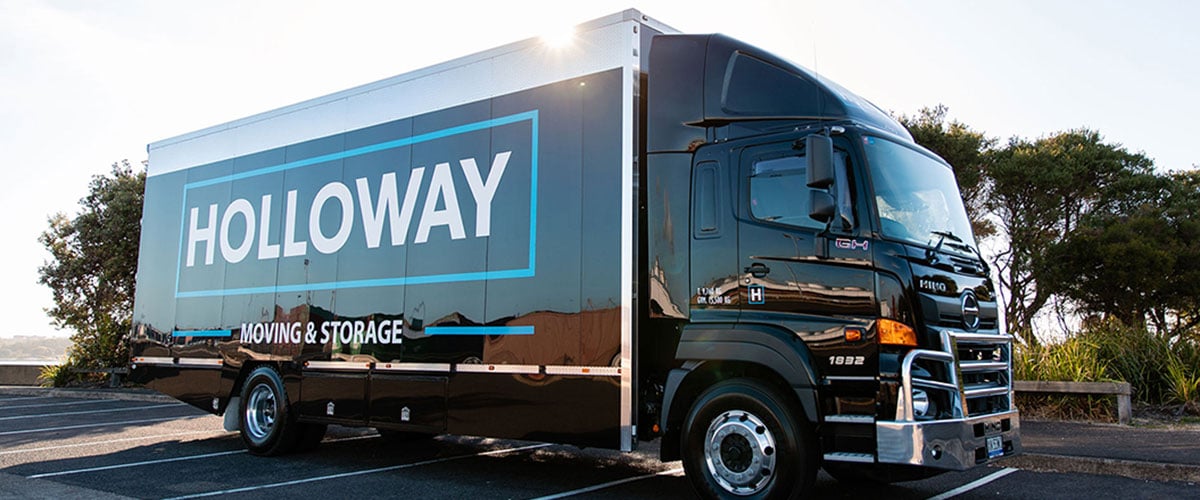If you’re planning an office relocation and make the mistake of bringing it up in conversation around someone who experienced a traumatic office relocation, you’ll likely never hear the end of it. And we understand—an office relocation has lots of moving parts, and it’s easy to have something fall off your radar that ends up making moving day a disaster.
But it doesn’t have to be a nightmare. Whether you’re hiring a Sydney Removalist team or tackling the job yourself, there are several tips and tricks that can keep your move running smoothly. That’s why we’ve created a 5-step checklist to make sure you’re prepared for your Sydney office relocation and that your moving day is as stress free as possible.
Let’s get started.
Step 1: Look at the Big Picture
Don’t wait until two weeks before your current lease ends to start looking for a moving company or packing up your office. An office relocation requires plenty of prep work. So, plan on starting 3 – 6 months in advance.
Now is the time to take a look at your current lease. Leaving before your lease is up could force you to pay significant penalties, so try to time your exit so that it lines up with the end of your lease.
Determine what your budget is for the move and stick to it. Keep in mind that trying to save money by having employees help with the move rather than hiring a removalist team is not only a quick way to incite a mass exodus from your company—it also runs the risk of leaving you liable should an employee become injured during the move.
Start getting quotes from Sydney removalists. Don’t limit yourself to a single quote—you should plan on having 3 or 4 companies come to your office to give you a detailed estimate.
Ask upper management or owners if you need to get specialised insurance to cover any important equipment that will be transported during the move.
Step 2: Keep Communication Open
It’s important to communicate with your employees, your customers, and the vendors who ship products to you.
Notify all employees of the move out date as soon as you’ve assigned it. Create a master list of all employees or vendors who need to be advised of your address change and give your current landlord notice regarding your move out date.
Step 3: Time to Prep
This is where the real work happens. Before moving into your new space, request a copy of the floorplan so you can begin planning where large furniture or equipment like copy machines will go.
If yours is a large business, you may need to color code boxes according to the department to keep everything organised and easily identifiable in your new space. If you have a smaller office, you may be able to make do use a numbering system (each employee is assigned a number they use to label their boxes) or even the employees’ names.
If your new building requires you to reserve a parking space for your moving truck or lifts, if you’re on an upper story, go ahead and do that now. You don’t want to arrive at your new office only to find you have to carry a copy machine around a city block and up two flights of stairs in a day. No, thank you.
Create a moving plan and distribute it to anyone who may be helping with the move. Be sure to include phone numbers for emergency contacts like landlords, movers, and elevator service companies.
Step 4: Moving Day
When the big day arrives, be sure to keep that moving plan with contact numbers close at hand.
Also, be a gracious host and have plenty of water (and possibly some snacks) on hand for the movers and the staff who are helping. It’s also a good idea to confirm the electricity will still be on the day of the move. There’s nothing worse than lugging large boxes without the luxury of air conditioning.
Step 5: Get Back to Business!
Once all your belongings are in the new space, setting up and getting back to business will likely be your top priority.
Make sure all equipment and computer systems are up and running, and that your telephones and Wi-Fi are in working order.
Take some time to walk around the new space and make sure little things are in order—door/window locks work, nothing was damaged during the move, etc.
Gather up all the old keys, key cards, and/or access passes from the old building and turn those over to the landlord, then pass the new versions out to employees.
Update your website, social media pages, and Google business page informing customers and followers of your new location.
And that’s it! With a bit of forethought, some careful planning and (not gonna lie) a significant amount of elbow grease, you’ll have your office relocated and up and running in no time.
Here’s to an awesome office relocation experience!

